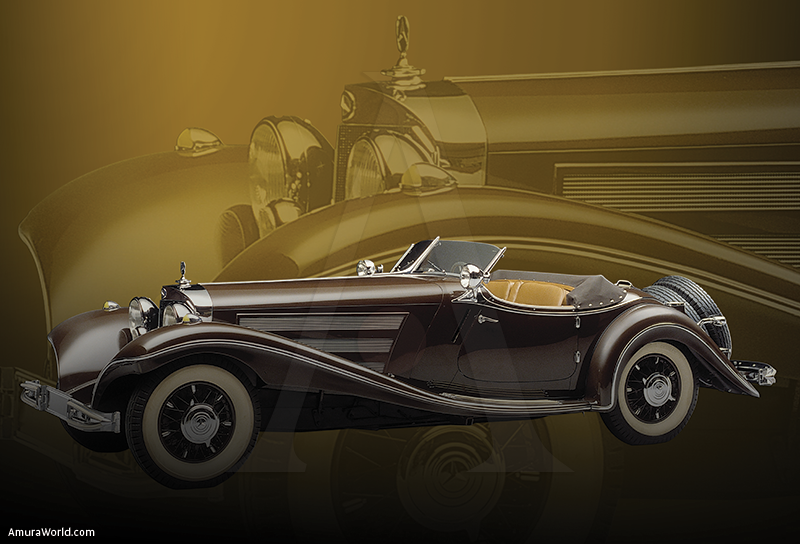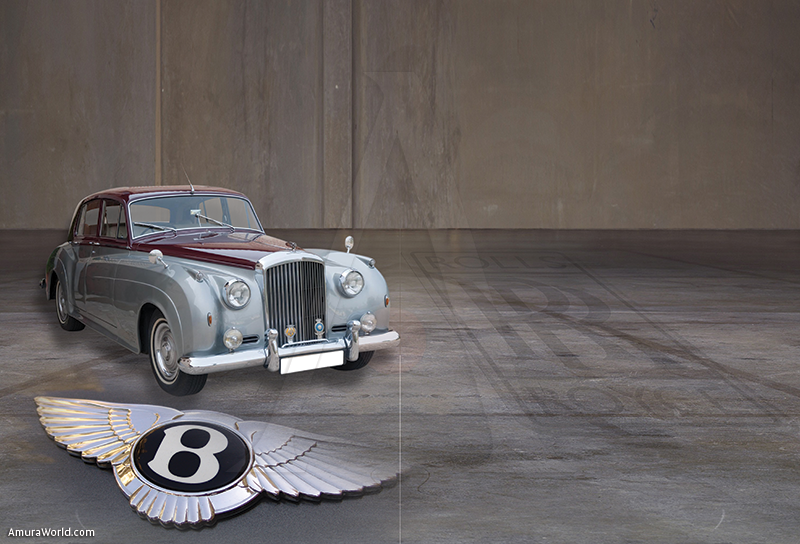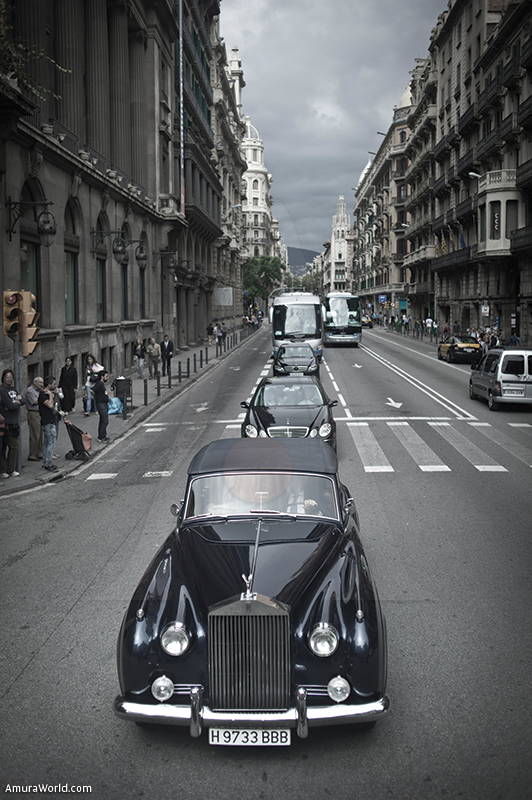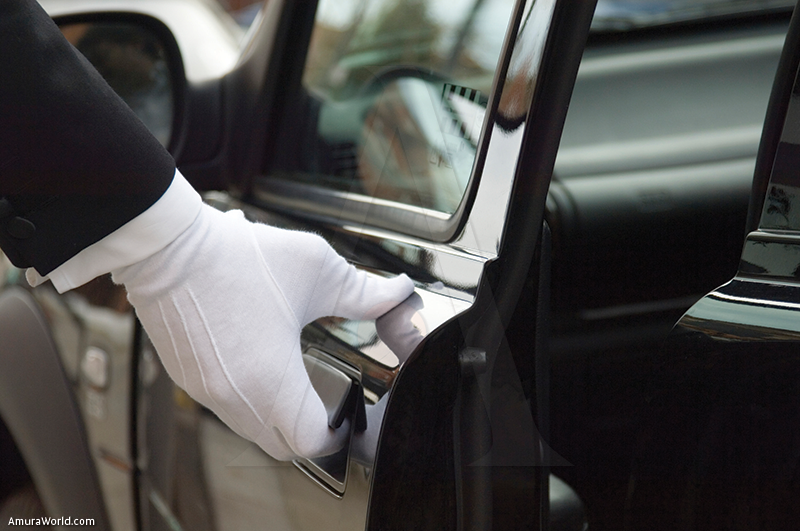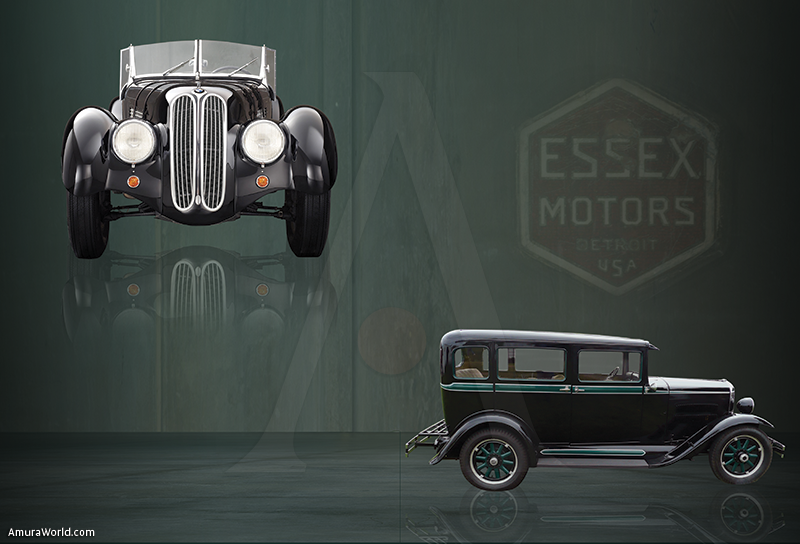A style statement
The origin of this vehicle dates back to the exclusive horse-drawn carriages that were used during the second half of the nineteenth century in which wealthy society families arrived to the nobility balls, lounges or restaurants. In the region of the same name located in the central- south of France, a special design was developed to protect the driver from the rain or wind, called “ limousine” which was a cover that worked like roof.
The carriages were driven by people specially trained for this job, called “chauffeurs”.
The first motorized limousine emerged as a replacement for horse-drawn carriages, once the motorized locomotion began to spread in the Western world thus began “ The Culture Of The Limousine “ permanently associated with extreme luxury. Since its emergence in the early twentieth century, the chauffeur of the limousine drove in a compartment with a division that separates him from the passengers, who would be in the back chatting or relaxing, while the driver does his job, whether the service was made for a person, an entire family or a company.
Meet the Hudson family
The history of the Hudson Motor Car Company is full of automotive innovations, many of which were adopted by other members from the industry.
The story began on February 24, 1909, when eight Detroit businessmen came together to create a company to produce a car that would sell for less than $ 1,000.
The car they had all decided to produce was called the Hudson “Twenty”, it possessed 4 cylinders and the engine was cooled by water. It was one of the first low-priced car in the U.S. market, sold at $ 900 in Detroit.
The company began production in a small plant in Detroit, and the first car left the factory on the 3rd of July 1909. Selling over 4,000 units the first year, achieving during the first year the largest turnover in the history of the automotive industry to this day.
Roy D. Chapin was elected CEO, and then took a long and extensive tour of European automobile factories. He was impressed by how advanced they were compared to American companies, using heavy processes and methods of design and manufacture of automobiles.
Many of the observations made during that trip were subsequently reflected in the production plant of the Hudson.
For example, Chapin was impressed by the superiority of the 6-cylinder engines he had seen in European plants. Setting to work their engineers to develop a car with a 6 cylinder engine to be sold at half price. The first new Hudson 6 cylinder engine appeared in July 1912, and was succeeded by a roadster, the first low-priced car that reached 60 miles per hour.
Chapin had also been impressed by the fact that though European cars were made of steel, they were lighter and stronger than wooden bodied American cars. He made the designers and engineers from the Hudson company to work and create a car that caused sensation in the world of American automobile, the result was the Six-Forty, the first American car 6 cylinder with a moderate weight. It weighed less than 2,700 pounds and was equipped with a 4 speed gearbox. This car had the double advantage of achieving swiftness, with lower fuel consumption.
Other achievements were the placement of the steering wheel to the left, the shift lever on the inner center and the ignition system inside the car.
In 1916, while Europe was mired in a major war and minor confrontation happened in Mexico, Hudson introduced its “ Super- Six” , which was the first fully balanced crankshaft, with an engine compression ratio of 5 to 1, considered as a breakthrough at the time. This type of crankshaft was copied by other manufacturers and was began to be used universally.
This effort in improving engine compression represented by the “ Super- Six “ led to engines with compression ratios of up to 12.5 to 1. A test which meant that increased compression engines of the Hudson company in 1916 demonstrated the fact that the “ Super- Six “ developed 76 hp, while the 6-cylinder engine developed the previous year only 48 hp.
In 1916, the Hudson “ Super- Six” showed enormous power, reaching 102 mph on the white sands of Daytona Beach. This was the first of hundreds of tests of power and performance that made Hudson cars for decades.
The outstanding performance of “ Super- Six” was responsible for the Hudson company to sell 26,393 cars in 1916, an exceptional figure for the time, which allowed the extension of the factory space to 247,000 square feet (American made).
In 1917, Chapin introduced the Essex engine for the creation of a subsidiary of Hudson car company, which was to be the “ dream car “, that kind of car he had known in Europe and thought would revolutionize the industry of American cars, creating a door lick in the vehicle.
Until that time, most American cars were open and had a hood, and its use was obviously restricted by a function of time.
Closed cars use to cost about $ 1,000 more than the open cars, putting them within reach of the average buyer. Hudson engineers improved their methods of production to the point where they got to sell closed cars at a price only $100 higher than a comparable open car.
In 1919 the Essex sedans and coupe were introduced with closed steel body which caused Hudson to sell for very little more than Ford. 41.000 units were sold the first year. The closed car marked one of the most important milestones in American automotive history and transformed the industry. The car was no longer an element used for the daytime only, which was practic for 6 months of the year to become an element of continuous use throughout the year. Sales rose Hudson Essex and before 1922 and were sold in 50 countries.
Text: The Publiclassic Company ± Photo: WPD / OTTMITRAVEL / FRQ

